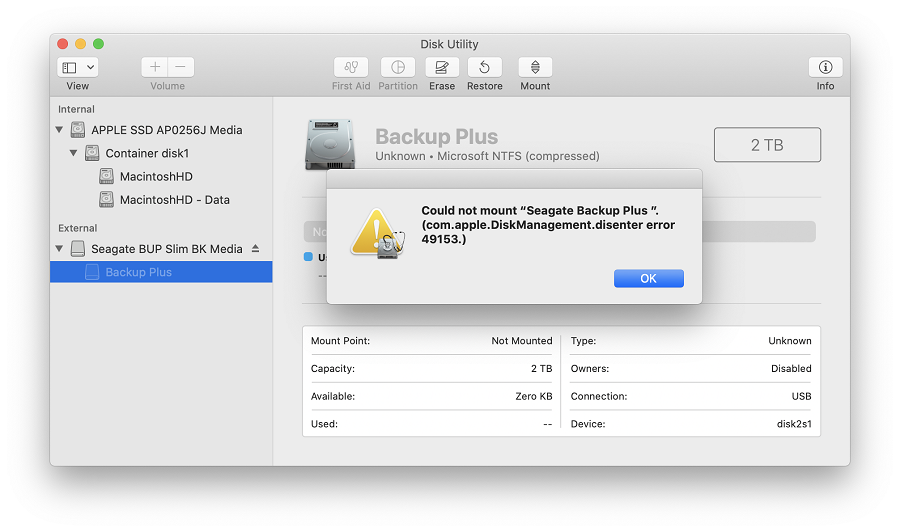

- Mount disk boot mac os 10.11 how to#
- Mount disk boot mac os 10.11 update#
- Mount disk boot mac os 10.11 Patch#
- Mount disk boot mac os 10.11 software#
Update iMac Pro to macOS High Sierra 10.13.6 or later before installing macOS Big Sur 11 beta.APFS containers with non-default allocation block sizes aren’t currently supported for installation.Data loss could occur if the update is interrupted. Updating to macOS Big Sur 11 beta from previous versions of macOS might take significantly longer than expected.To the Adventurousīefore installing macOS Big Sur beta, note the following: So if you boot disk's name is "macOS" and you mount your live volume, it will show up as /Volumes/macOS\ 1. Generate and tag new APFS System Snapshot as follows:.Back in normal boot, mount the live volume as writable.So what can be done is as follows:Īs of Beta 1, FileVault needs to be disabled to turn off ART. Naturally, it is impossible to mount a " snapshot" as writable. So the way macOS Big Sur is supposed to boot is that it never boots off the live volume, but a snapshot of it (its not happening on all systems though). When you enable this mode, it allows the tagging of custom snapshots using apfs_systemsnapshot, which you can then boot into. Kernel developers who must interact with the root volume can do so via a new System Integrity Protection mode available in the csrutil command line tool. Signed system volume is transparent for most developers. SSV utilizes APFS snapshots, so if an update cannot be performed, the old system version can be restored without reinstallation.
Mount disk boot mac os 10.11 software#
Additionally, it makes macOS Software Update more reliable and much safer. SSV helps prevent tampering with any Apple software that is part of the operating system. SSV features a kernel mechanism that verifies the integrity of the system content at runtime, and rejects any data - code and non-code - that doesn’t have a valid cryptographic signature from Apple. Now, macOS Big Sur adds strong cryptographic protections to store system content on a signed system volume (SSV). In macOS Catalina, Apple introduced the read-only system volume, which is a dedicated, isolated volume for system content.
Mount disk boot mac os 10.11 how to#
The only thing to find is how to apply these patches.

Mount disk boot mac os 10.11 Patch#
It should be possible to patch the system in recovery then, but I have not tried it yet. Update: I was able to mount the system volume as writable only in Recovery - so not all hope is lost. Thunderbolt 2 eGPU users should stay away from this release for now. This will affect scripts such as purge-wrangler and purge-nvda, that will be unable to patch the system. Unable to mount system volume as writable as of macOS Big Sur Beta 1, meaning on-disk patching is not possible.June 27, 2020: Early testing for purge-wrangler support for macOS Big Sur is now available for advanced users. But we all know dosdude and fam are going to roll up on the scene and change the minimum. This means all Thunderbolt 1 Macs are excluded. This release of macOS has eliminated the first-ever Retina Macs from the lineup, with the following minimum requirements: To start off, check out the press release. Will update this post with details that would matter most to eGPU users. so I'll find out soon once I get into testing this new OS when possible. Naturally, Apple did not (at all) dive deep into what's happening to existing kernel extensions, etc.

macOS Big Sur (11.0) is a significant visual overhaul that brings design-language and architecture parity to the Apple ecosystem.

At WWDC 2020, Apple finally announced a major advancement to the Mac - the migration to Apple silicon with backwards-compatible support for Intel via Rosetta 2 on newer ARM Macs.


 0 kommentar(er)
0 kommentar(er)
